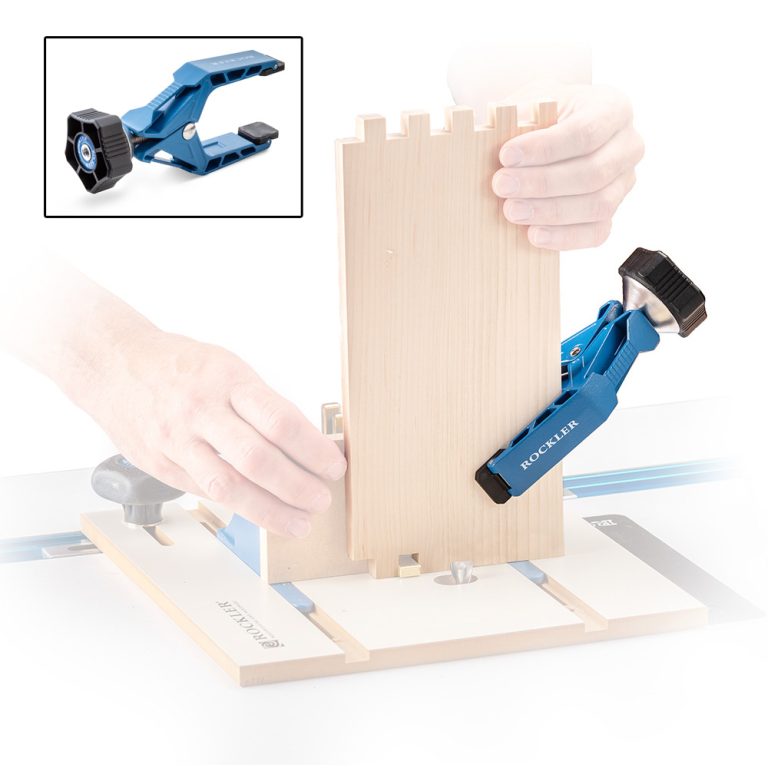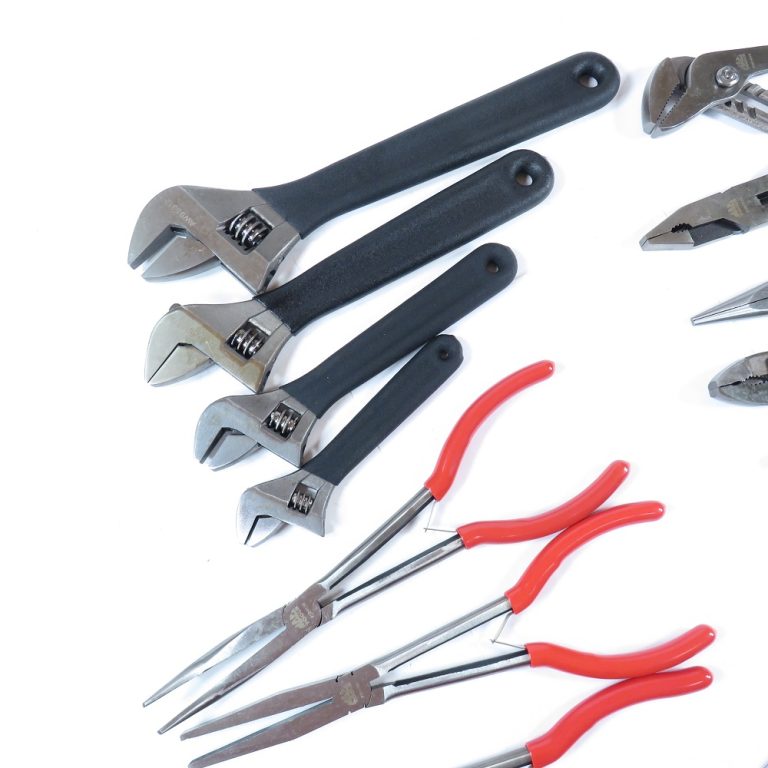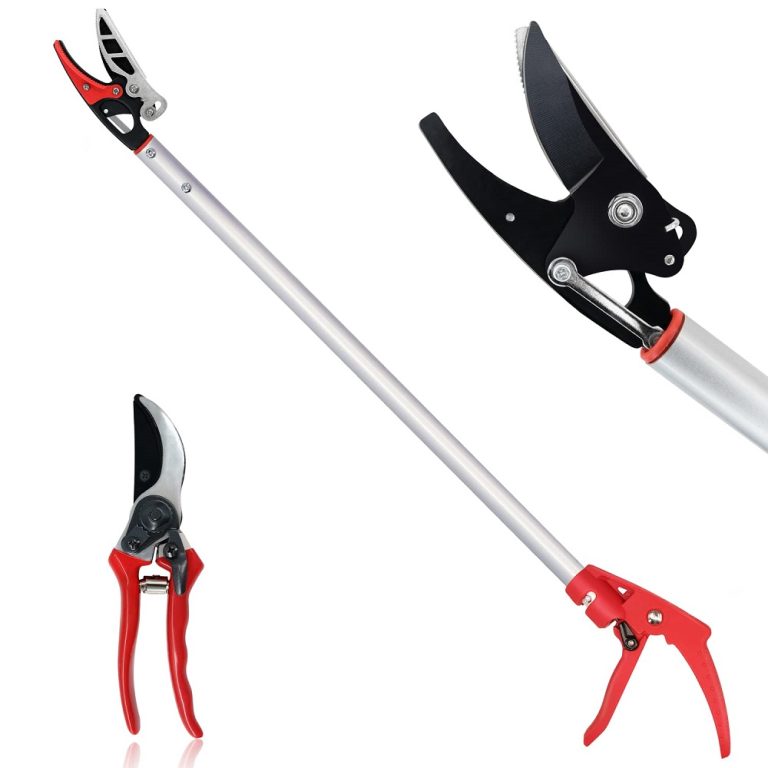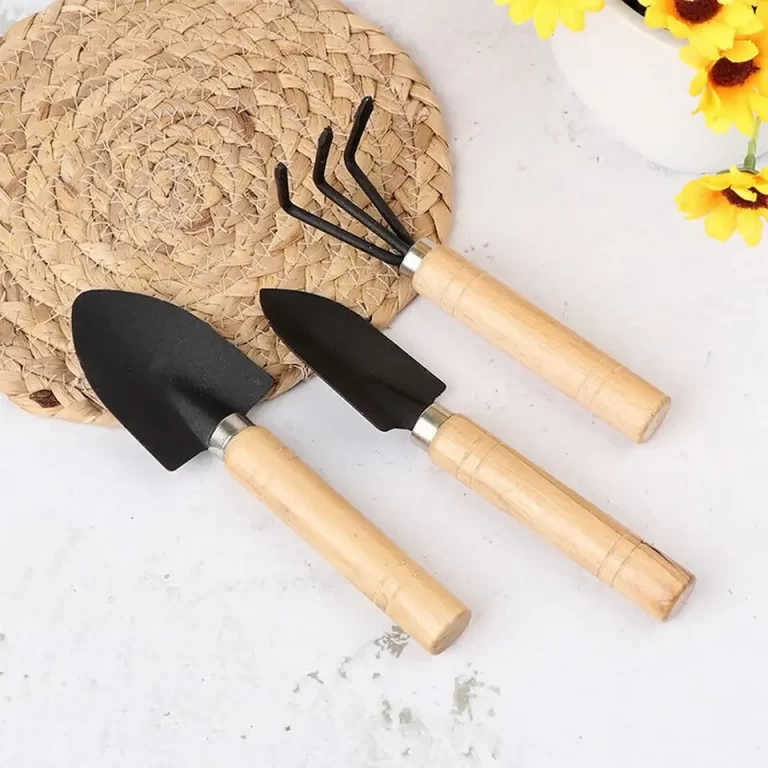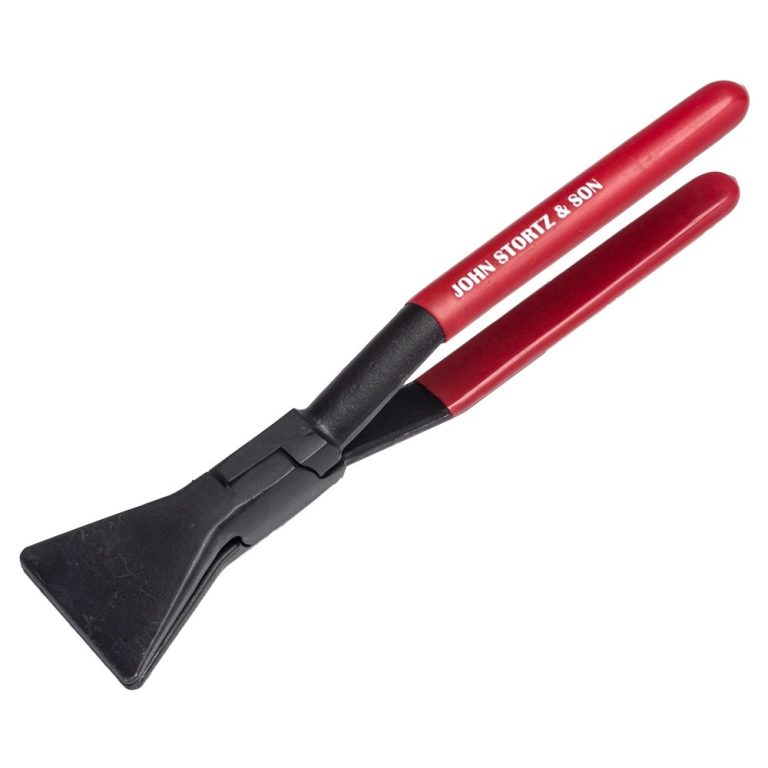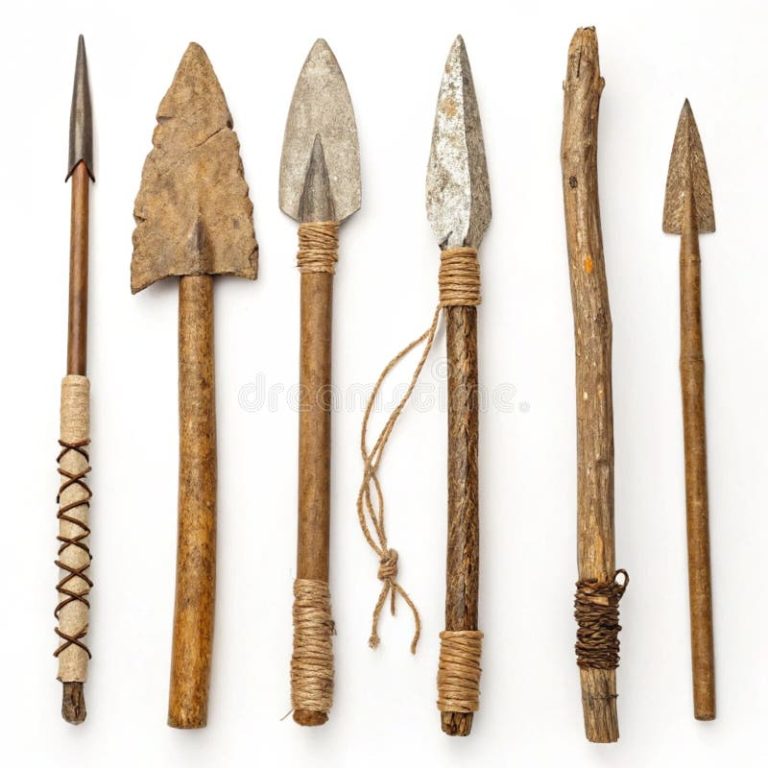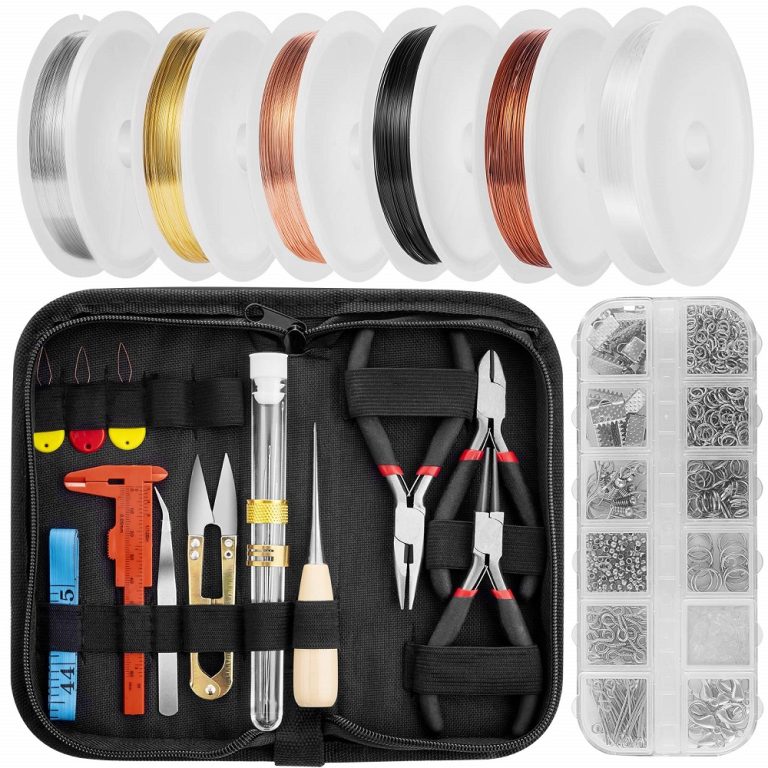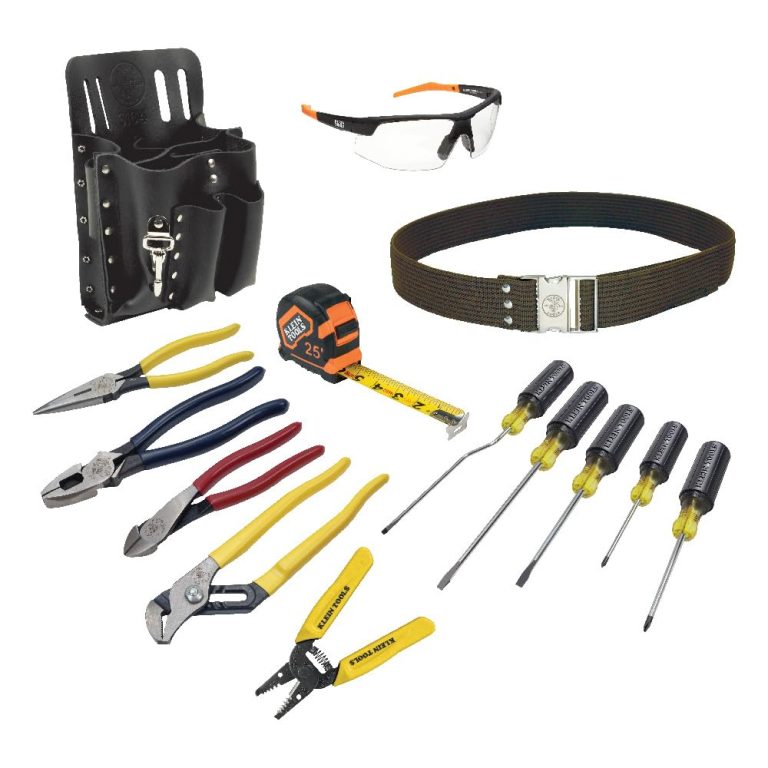Introduction to Woodworking Hand Tools
The Art of Woodworking
Woodworking is a craft that has been practiced for centuries. It involves creating functional and decorative items from wood using various techniques. While modern technology has introduced power tools that make woodworking faster, woodworking hand tools remain essential for many craftsmen. These tools allow for precision, creativity, and a personal touch that power tools cannot replicate. Understanding the fundamental hand tools is vital for anyone interested in woodworking, whether a beginner or an experienced artisan.
Why Choose Hand Tools?
Hand tools have distinct advantages over power tools, making them preferable for many woodworking tasks. They provide greater control, allowing the craftsman to achieve intricate details and refined finishes. Hand tools are also quieter and do not require electricity, making them suitable for use in any location. Many woodworkers appreciate the tactile experience that comes from using hand tools. The connection between the craftsman and the material can be profoundly satisfying. Choosing woodworking hand tools enhances both skill development and the overall woodworking experience.
The Essential Hand Tools for Woodworkers
Many hand tools are available for woodworkers, but not all are necessary for everyone. Selecting essential hand tools based on your specific projects and skill level is crucial. Some tools are fundamental for any woodworking project, while others may enhance your capabilities as you progress. Understanding what each tool does helps you build a well-rounded toolkit. This article will cover essential woodworking hand tools, their uses, and how to choose the right ones for your needs.
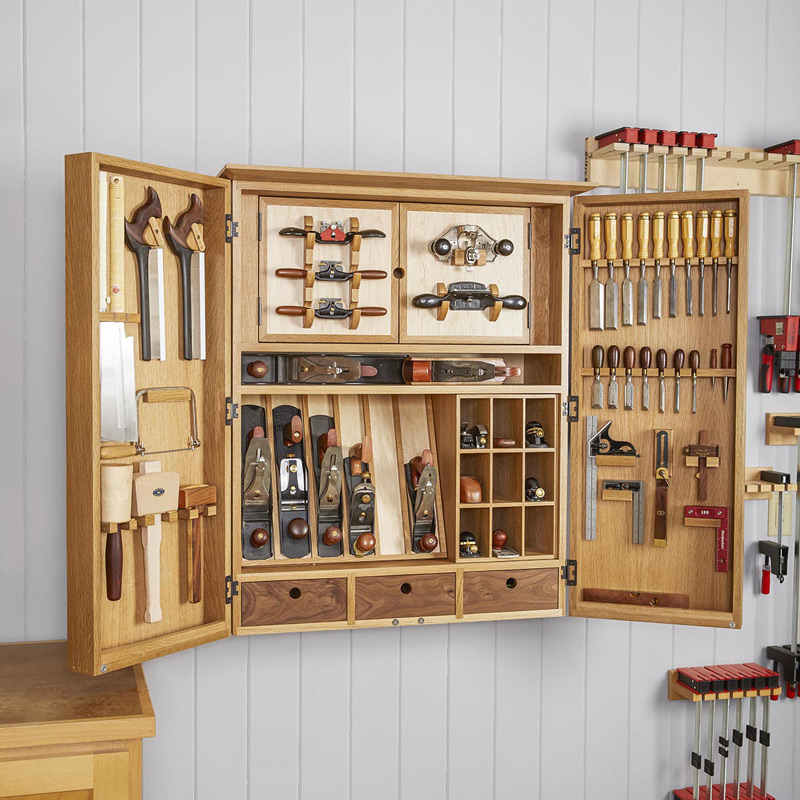
The Primary Tools for Woodworking
Measuring and Marking Tools
Measuring and marking tools are the foundation of any woodworking project. Precision is crucial, and these tools help ensure that your cuts and joints are accurate.
- Tape Measure: A good quality tape measure is essential for measuring lengths and distances. Look for one that has both imperial and metric measurements for versatility.
- Combination Square: This tool serves multiple functions, including measuring angles and checking the squareness of edges. It is invaluable for laying out cuts and marks.
- Marking Gauge: A marking gauge helps create precise lines along the grain of the wood. This tool ensures that your cuts are consistent and accurate.
Using measuring and marking tools effectively will save you time and effort in the long run. Their importance cannot be overstated in the woodworking process, as accurate measurements set the stage for successful results.
Cutting Tools
Cutting tools are indispensable for shaping wood and creating joints. Various types serve distinct purposes, and having a selection ensures you can tackle different tasks.
- Hand Saw: A quality hand saw is a primary cutting tool for any woodworker. Different saws exist, such as crosscut saws, rip saws, and dovetail saws. Each is designed for specific cutting tasks.
- Chisels: Chisels are excellent for carving, shaping, and hollowing out wood. A set of chisels in various sizes allows you to perform detailed work and create clean joints.
- Utility Knife: This versatile tool is useful for fine cuts and detailed work. A sharp utility knife can help trim edges and make small adjustments to your projects.
By owning a range of cutting tools, you ensure that you can handle various cutting tasks. Whether making rough cuts or performing delicate detailing, appropriate cutting tools are vital for achieving high-quality results.
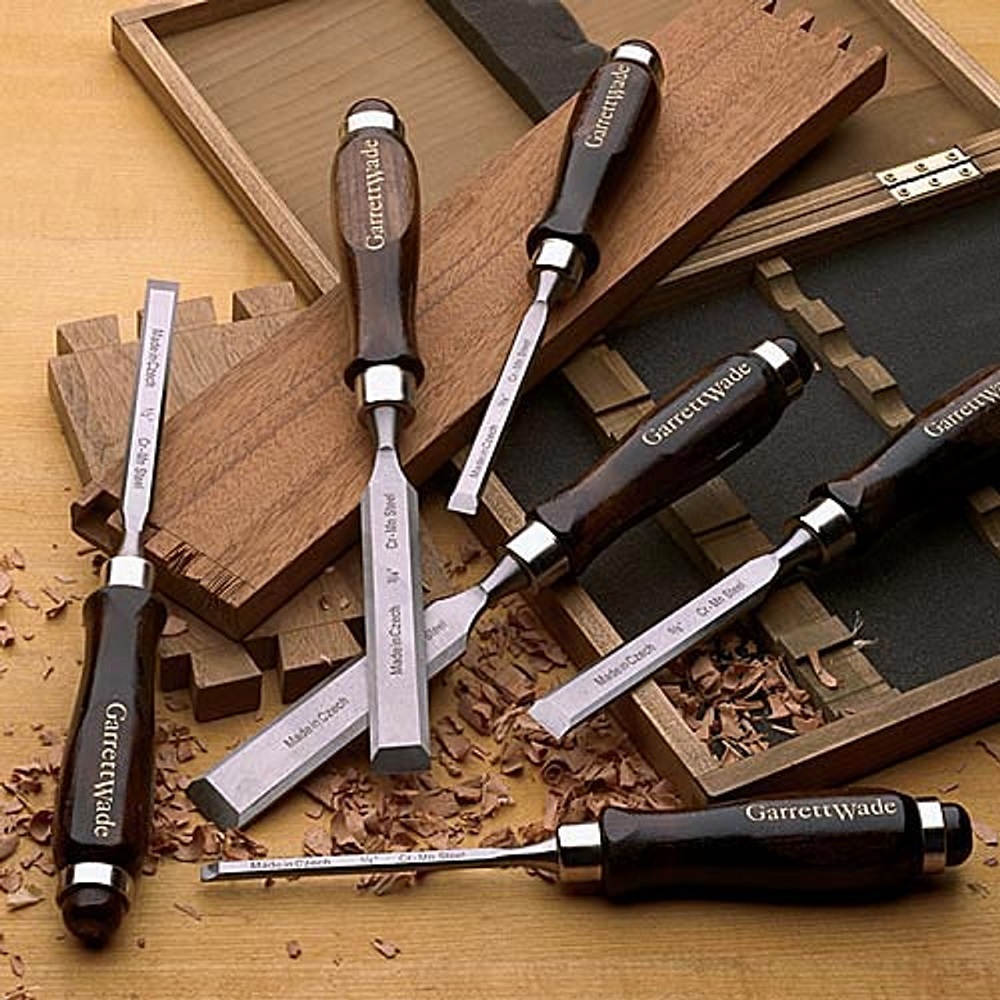
Shaping and Finishing Tools
Plane Tools
Plane tools are essential for shaping and smoothing wood surfaces. They help achieve a flat and even surface and can reduce the thickness of wood pieces.
- Hand Plane: A hand plane is a traditional tool used to smooth and level the wood surface. Different plans, such as block planes and bench planes, are suitable for various tasks.
- Spokeshave: This tool is ideal for shaping curved surfaces and producing rounded edges. It works well for furniture making and other intricate projects.
- Scraper: A scraper is used to remove small amounts of material for smoothing surfaces. It can achieve a fine finish and is especially useful for finishing work.
Investing in good quality planes and scrapers can significantly enhance the finish of your woodworking projects. These tools allow for a level of craftsmanship that is vital for professional-quality results.
Sanding Tools
Sanding tools help prepare wood surfaces for finishing by smoothing the grain. Using the right sanding tools can significantly improve the overall appearance of your project.
- Sandpaper: Various grits of sandpaper are required to achieve different levels of smoothness. Coarse grits remove material quickly, while finer grits prepare surfaces for finishing.
- Sanding Block: A sanding block helps apply even pressure while sanding, making it easier to work on flat surfaces. It also allows you to control the amount of sanding you do.
- Mechanical Sander: While not strictly a hand tool, a small mechanical sander is useful for larger projects. It can save time and effort while providing a smooth finish.
With a good selection of sanding tools, you’ll be able to refine your projects and enhance their appearance. Sanding is an essential step in woodworking that should not be overlooked.

Jointing and Assembly Tools
Clamping Tools
Clamps are essential for holding pieces of wood together during assembly. They ensure strong joints and accurate alignment.
- Bar Clamps: These clamps are versatile and can be adjusted to fit various widths. They are great for holding panels together while they dry.
- Pipe Clamps: Made from pipe sections, these clamps are ideal for larger projects. They provide substantial holding power and are often adjustable.
- Spring Clamps: Spring clamps are perfect for quick and easy holds. They are handy for holding pieces during layout or assembly when you need a temporary clamp.
Having a collection of clamps ensures that you can hold wood pieces securely while you work. They are fundamental for ensuring joints are tight and well-fitted.
Joinery Tools
Joinery tools help create strong connections between wood pieces. Whether making furniture or cabinetry, effective joinery is essential for durability and aesthetics.
- Dovetail Saw: This small saw is specifically designed for making precise cuts necessary for dovetail joints. Dovetails are popular for their strength and visual appeal.
- Mortise and Tenon Chisels: These chisels are essential for cutting mortise and tenon joints, a classic method for joining two pieces of wood.
- Doweling Jigs: A doweling jig helps you drill precise holes for dowel joints. This tool ensures accuracy in spacing and alignment, making it a vital component for many woodworking projects.
Investing in quality joinery tools will allow you to create strong and beautiful joints, enhancing the craftsmanship of your projects. The ability to join wood pieces effectively can elevate the quality of your work.
Finishing Touches and Care Tools
Finish Application Tools
Once your project is assembled, applying a finish is essential to protect the wood and enhance its aesthetic appeal. Various tools help in this application process.
- Brushes: High-quality brushes are important for applying stains, paints, and sealants evenly. Look for brushes that are specifically suited for the type of finish you’re using.
- Rollers: Rollers can be efficient for covering larger surfaces quickly. They are particularly useful for applying oil-based or water-based finishes.
- Rags and Sponges: These are excellent for applying stains by hand or for wiping off excess finish. They provide control and help avoid streaks.
Selecting the appropriate finishing tools can greatly enhance the appearance of your completed project. Finishes protect the wood and add character to your work.
Tool Maintenance Essentials
Proper care and maintenance of your woodworking hand tools enhance their longevity and performance. In addition to cleaning, consider investing in tool maintenance essentials.
- Oil and Lubricants: Keeping moving parts lubricated helps maintain tool performance. Regularly oiling saw blades and hinges extends the life of these tools.
- Sharpening Tools: A sharp blade or chisel ensures clean cuts and improves overall performance. Investing in sharpening tools or systems can make a significant difference in your work.
- Storage Solutions: Proper storage protects your tools from damage and wear. Consider racks, boxes, or cabinets designed for tool organization to keep your workspace tidy.
Taking the time to maintain your tools will lead to more enjoyable and efficient woodworking sessions. Well-cared-for tools not only work better but can also enhance your confidence in your craft.
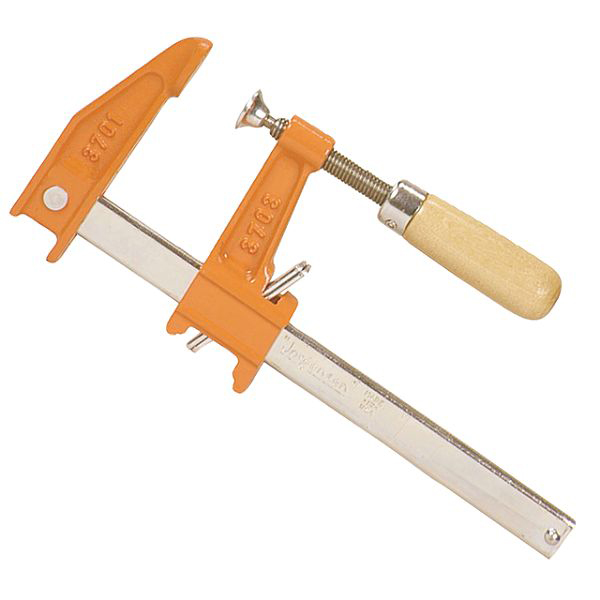
Getting Started with Hand Tools
Finding the Right Brands
When starting with hand tools, choosing reputable brands is essential. Established manufacturers often provide high-quality products that ensure reliability and durability. Look for brands that specialize in woodworking tools and have a history of positive reviews. Researching tool reviews and seeking recommendations from experienced woodworkers can guide your purchasing decisions. Developing trust in your tools is key to building confidence in your abilities as a craftsman.
Building Your Tool Collection
Beginning your woodworking journey can be overwhelming due to the variety of tools available. It’s wise to start with a core set of essential tools before expanding your collection. Consider purchasing tools that will serve multiple functions or can be used across various projects. A good starting point includes a measuring tape, a handsaw, chisels, and clamps. As you gain experience, you can invest in additional tools based on your specific projects and interests.
Developing Skills and Techniques
Using hand tools requires not only the right equipment but also skill and technique. It’s essential to invest time in learning how to use each tool effectively. Take advantage of instructional videos, workshops, or woodworking classes to enhance your skills. Practice is key to mastering hand tools, and the more you use them, the more confident you will become. Embracing this learning process will enhance your woodworking capabilities and enjoyment of the craft.
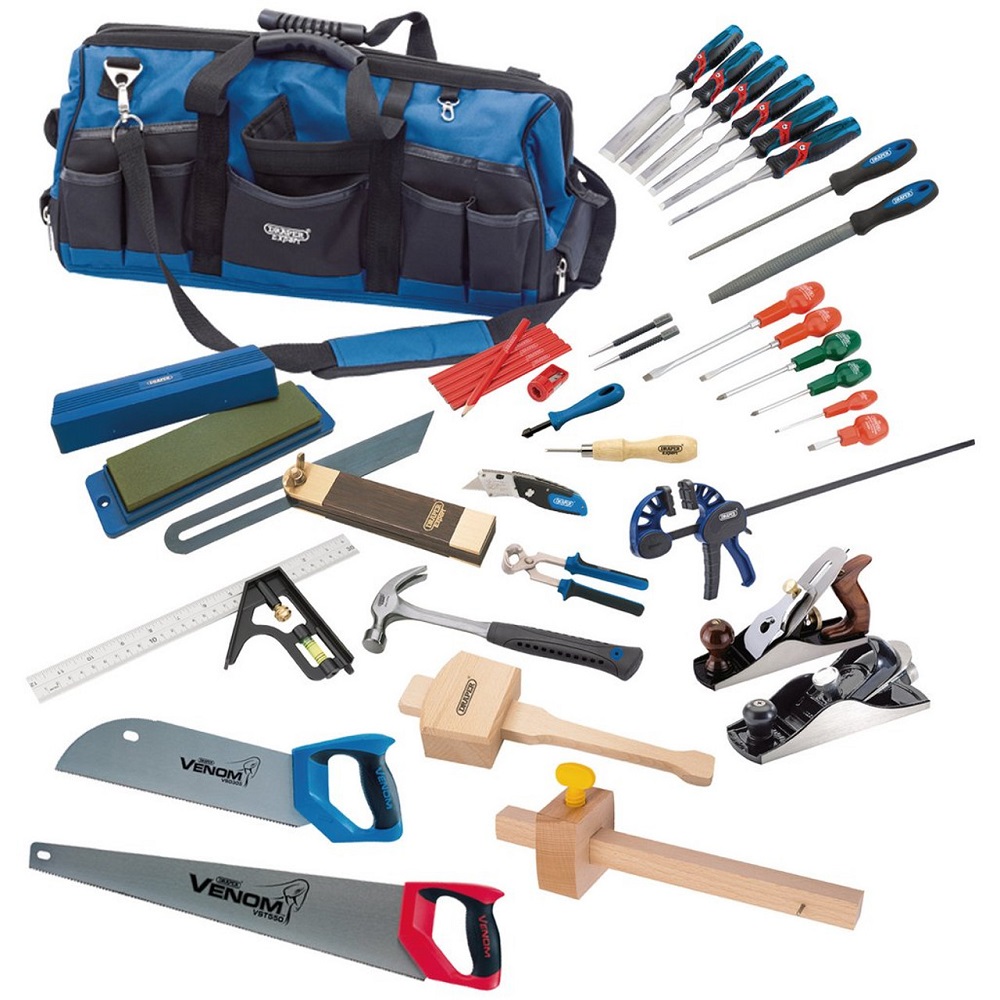
Conclusion: Embrace the Art of Woodworking
The Joy of Working with Your Hands
In conclusion, woodworking hand tools are essential for every craftsman looking to create beautiful pieces. The combination of precision, craftsmanship, and creativity that these tools facilitate can lead to endless possibilities. Using hand tools fosters a deep connection to the material and the process, making each project an opportunity for growth and learning. Embrace the joy of working with your hands, and allow yourself to explore the world of woodworking.
Invest in Quality Tools
As you begin your woodworking journey, remember that investing in quality tools will pay off in the long run. Quality woodworking hand tools perform better, provide greater durability, and enhance your overall crafting experience. A robust tool collection can serve you well for years as your skills grow. Choose wisely and consider essential woodworking hand tools that align with your projects and goals.
Craft Your Legacy Through Wood
Finally, woodworking is not just a craft; it’s a way to create lasting memories and legacies. Every piece of furniture, decor, or functional object you craft tells a story. The satisfaction derived from creating something with your own hands is unparalleled. As you develop your skills and tool collection, you contribute to a tradition rich with history and creativity. Embrace the journey, and let your passion for woodworking shine through every project you undertake!

